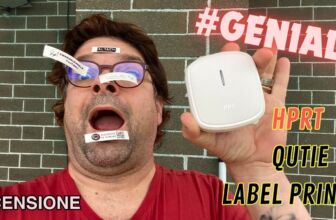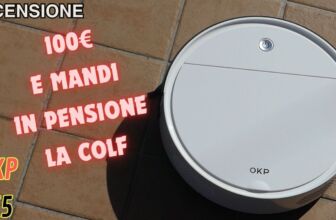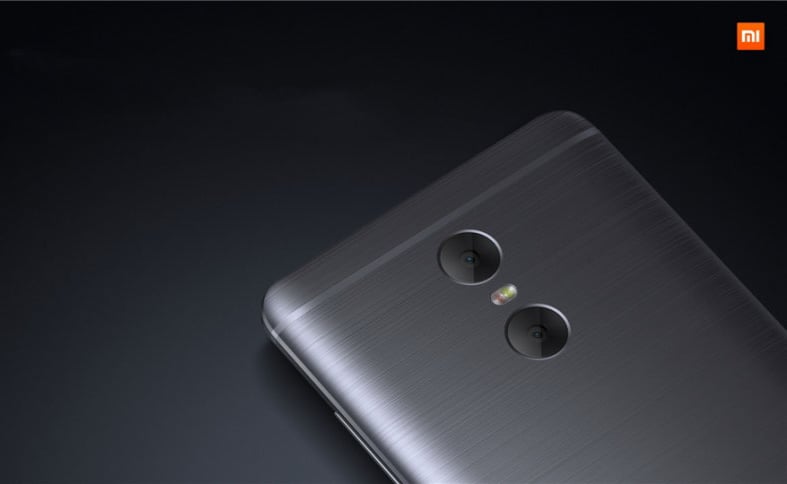
Today we talk about the much-talked about Xiaomi Redmi Pro room consisting of a double sensor. The main one is a 258 Mpx sony IMX 13, f / 2.0, AF pdaf while the secondary is a 5 Mpx Samsung sensor able to detect the depth of field and therefore focus on precise areas of the shot even in post production.
At the opening of the camera app we will find a screen with few options, almost identical to the classic MIUI 8 camera interface with the only difference in adding a circular icon that allows us to enter "stereo" mode, that is to take photos post-production editable.
In stereo mode, we can select the subject to focus with a focal aperture ranging from 1 to 6.
Let's remember how the “focal aperture” variable works in photography: the focal aperture identifies how much the diaphragm remains open or closed during shooting. So the smaller the number, the more the aperture is open, the more light is captured and (with the same subject in focus) we will have less depth of field. Put simply, if we wanted to keep a subject in focus and blur the background we will have to keep an open focal length (lower number), vice versa if we want to have everything in focus we will have to keep a closed focal length (higher number).
With our Redmi Pro we can then decide which focal point to hold for our shot, and once done if not satisfactory we will be able to modify it in post production from the gallery.
We will essentially have three possibilities: change the depth of field by changing the focal aperture (for example to focus everything), change the subject in focus or do both. The procedure to change the depth of field is to select the photo from the gallery (obviously the miui gallery, do not use third-party galleries), click on the "stereo" icon (icon circled in red) which will obviously appear if the photo is was taken in this mode and go to select the focal aperture that interests us. To focus the whole photo click on 6.
In this first gallery, on the left there are shots taken by focusing on the subject in the foreground by setting an open focal length (2.0). On the right we can see the same photo edited by decreasing the focal aperture in order to increase the depth of field and focus everything. In this case f / 6.0. To make this change, click on the “stereo” icon and select the focal number to set.
- Micio 1p
- Micio AllFocus
- Girl 1p
- Girl AllFocus
- Girl 1p
- Girl AllFocus
In the following gallery instead we will be able to see that it is possible, as already specified, to decide which element of our shot to focus, therefore also a subject in the background, blurring instead who is in the foreground. In this case we should, again from the captured snapshot gallery, click on the “stereo” icon and then tap on the area we want to focus on, keeping an open focal length (2.0 is fine). The results that can be obtained are really interesting.
- Focus on focus
- Background in focus
- All focus
- Focus on focus
- Background in focus
- All Focus
- Focus on focus
- All Focus
- Close-up
- Background in focus
- All Focus
- Focus on focus
- Background in focus
- All Focus
Another shooting mode not present on the other Xiaomi I tested (currently using a Mi5) is that "scenes"Which will allow us to select a series of" modes "with pre-set parameters based on the scenario we are photographing. Those present at our disposal are: portrait, landscape, sports, night, night portrait, beach, snow, sunset, firework. While the filters are almost the same. Unfortunately, on several occasions I found an annoying bug for enabling the filter you want, in preview we see it active but capturing the image the filter is not present.
Disappointing the "manual", In fact we can only change the white balance and iso. The second most important parameter for taking professional photos, ie shooting time, is unfortunately not modifiable.
Overall, the photos are very good, sometimes excellent, with a lot of light but lose a lot of quality and acquire discrete noise when the brightness falls when taken in open spaces.
In the interiors the "notte", Which can also be set to power on automatically when the phone detects low light and flash off, allows us to shoot without flash and get really interesting pictures. It is better to use the "night" mode that the HDR as this tends to increase the brightness of the photo but to blur it lightly.
On the other hand, HDR during the day is good, where in too much or too much areas poco illuminated manages to compensate the exposure well. It must be said, however, that the automatic HDR setting does not work perfectly, often where it would be necessary to compensate it does not activate. So my advice is to manually put it on "on" when we want to shoot in areas with "difficult" light (perhaps the presence of strong lights and shadows in the subjects to be captured).
The dual tone flash works well while keeping the color of the shots on good levels.
The other shooting modes are the classic MIUI 8, so "panorama","timer","audio","beauty".
As for the general camera settings, these are the ones we also find on the Mi5, so the MIU 8 standards: save location, camera sounds, add time stamp, show gridlines, scan qr codes, Enhance lowlight automatically, camera frame (sensor in 4 / 3), picture quality, face detection, age & gender, volume buttons function, anti banding, auto exposure, contrast, saturation, sharpenss. Below is a gallery of shots taken in the different conditions. You will see many more photos taken during the day because in reality there are still no phones that in night shots can be compared to compact digital cameras or reflex cameras.
- HDR
- Night mode
- HDR
- Night mode
- HDR
- Night mode
- HDR
- Night mode
As far as the front camera is concerned, we can say that we will have no problem getting selfie with more than enough quality for sharing on our social.
The videos of the main camera suffer a little from the absence of the optical image stabilizer (although it seems that the optical stabilizer cannot be used with the dual cam technology), in fact in low light conditions they are not good. During the day, with a fairly steady hand, they are more than discreet even if the continuous fire sometimes makes the video a bit jerky (the touch fire mode can also be set). As a maximum resolution we will be able to shoot videos in Full HD (1920 x 1080) at 30 fps. Also present the "slow motion" (HD at 120 fps) and "time lapse" modes. Here are two examples; it should be noted that they were shot in difficult light conditions, there are in fact areas in shadow and others with very strong sunlight.
As final considerations, I would like to promote this first Xiaomi approach to dual photographic sensors. Of course, the software needs to be refined and expanded but I think it's a really important plus to be able to manage the depth of field of our shots. With the arrival of the Mi5S Plus I am sure that the Chinese giant will follow the development of this photographic technology very closely.









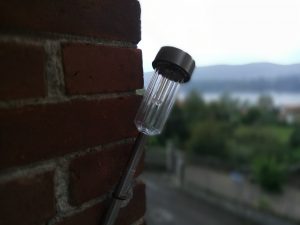
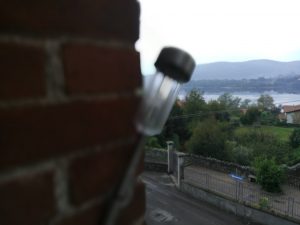
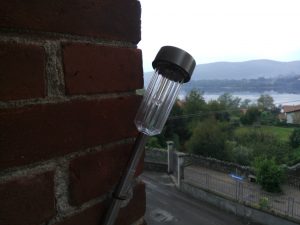












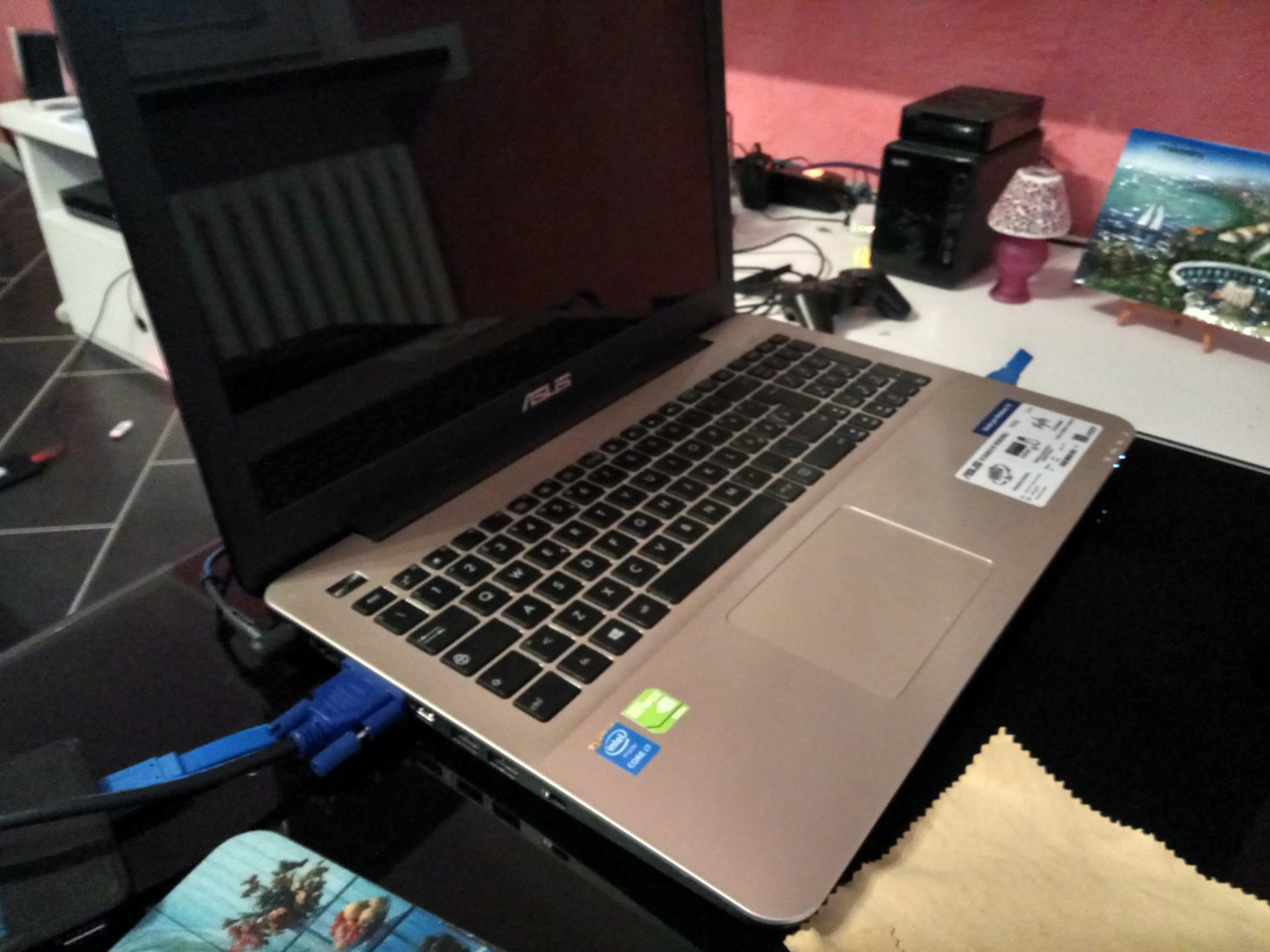
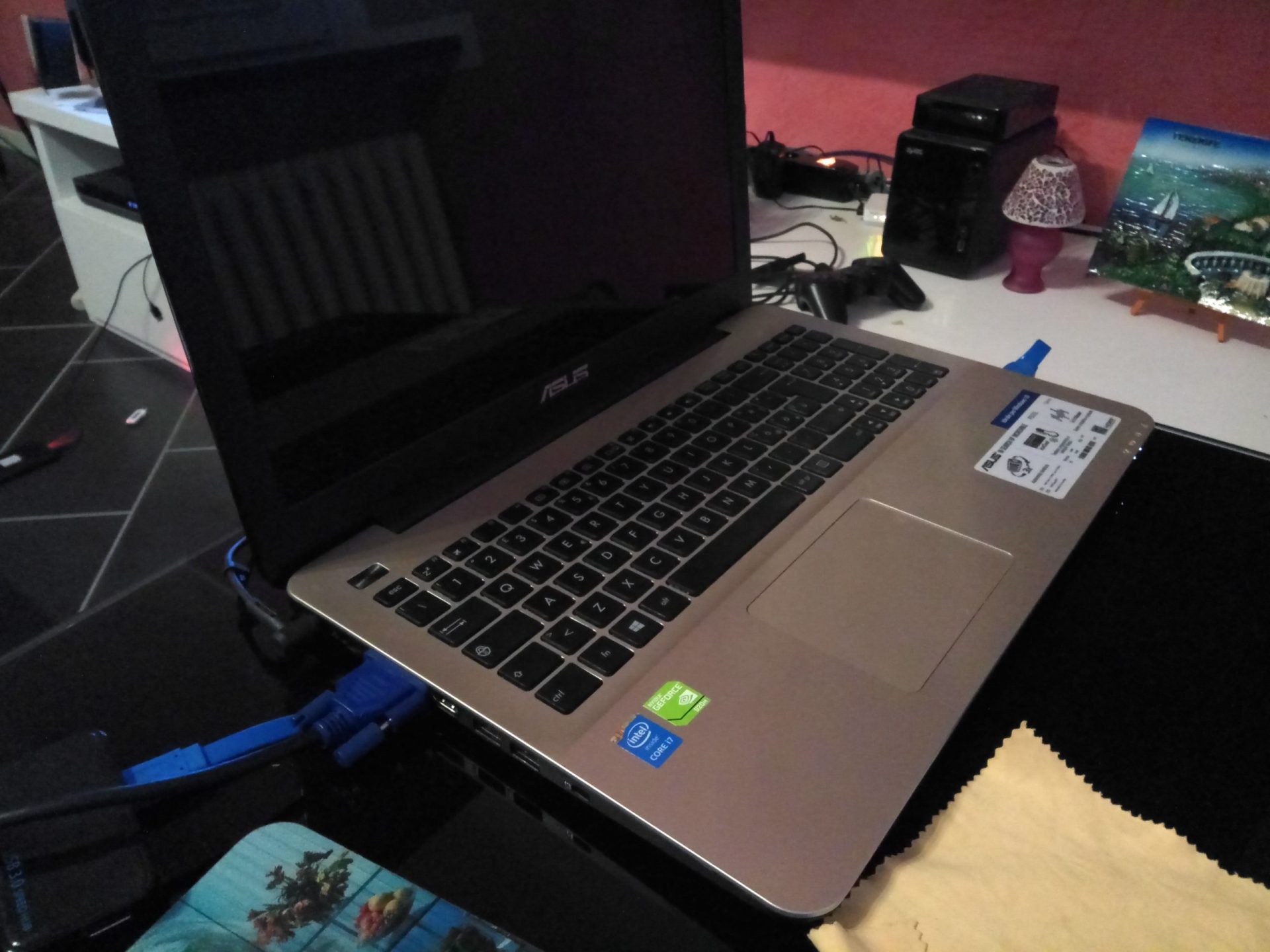
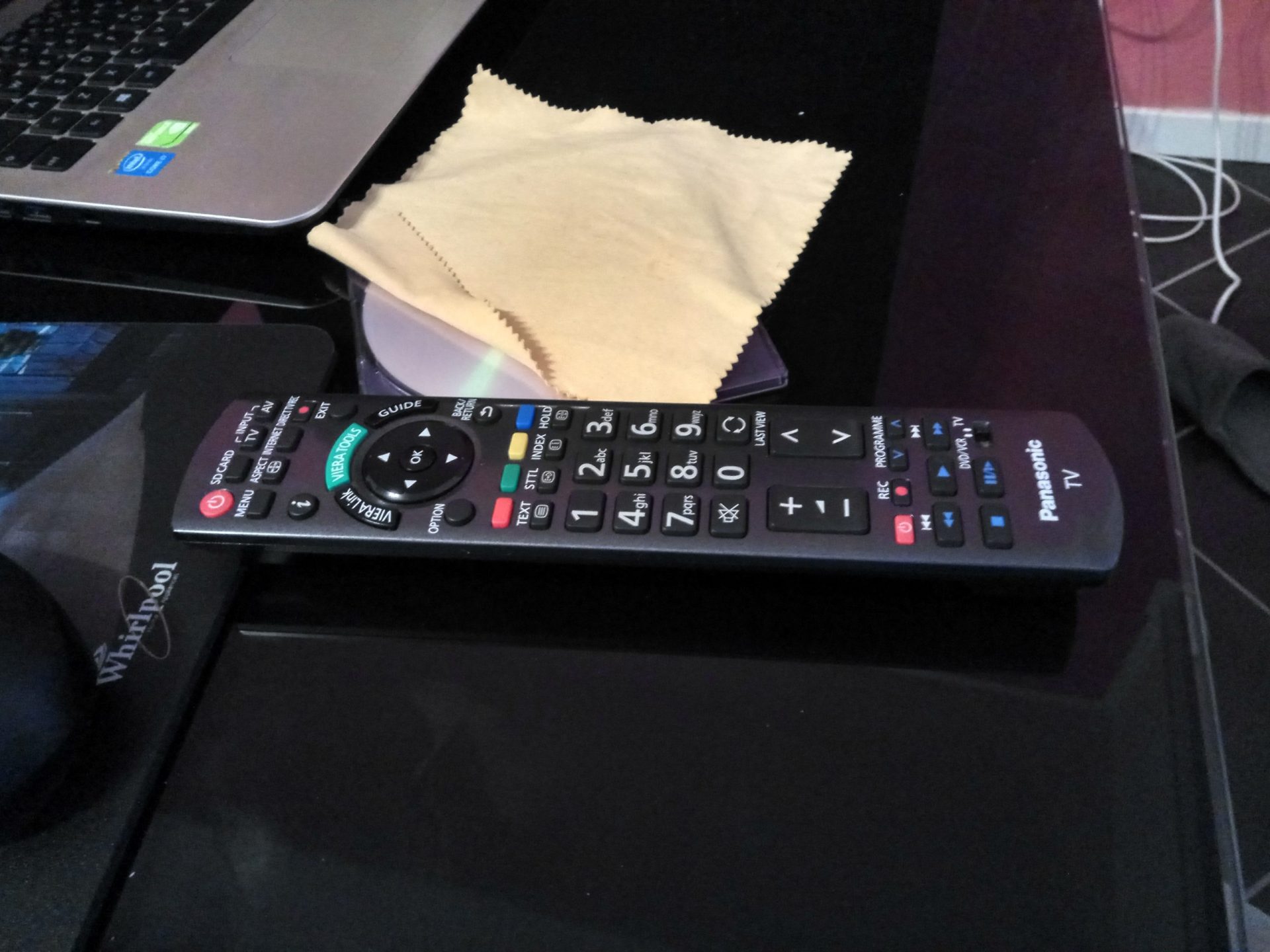
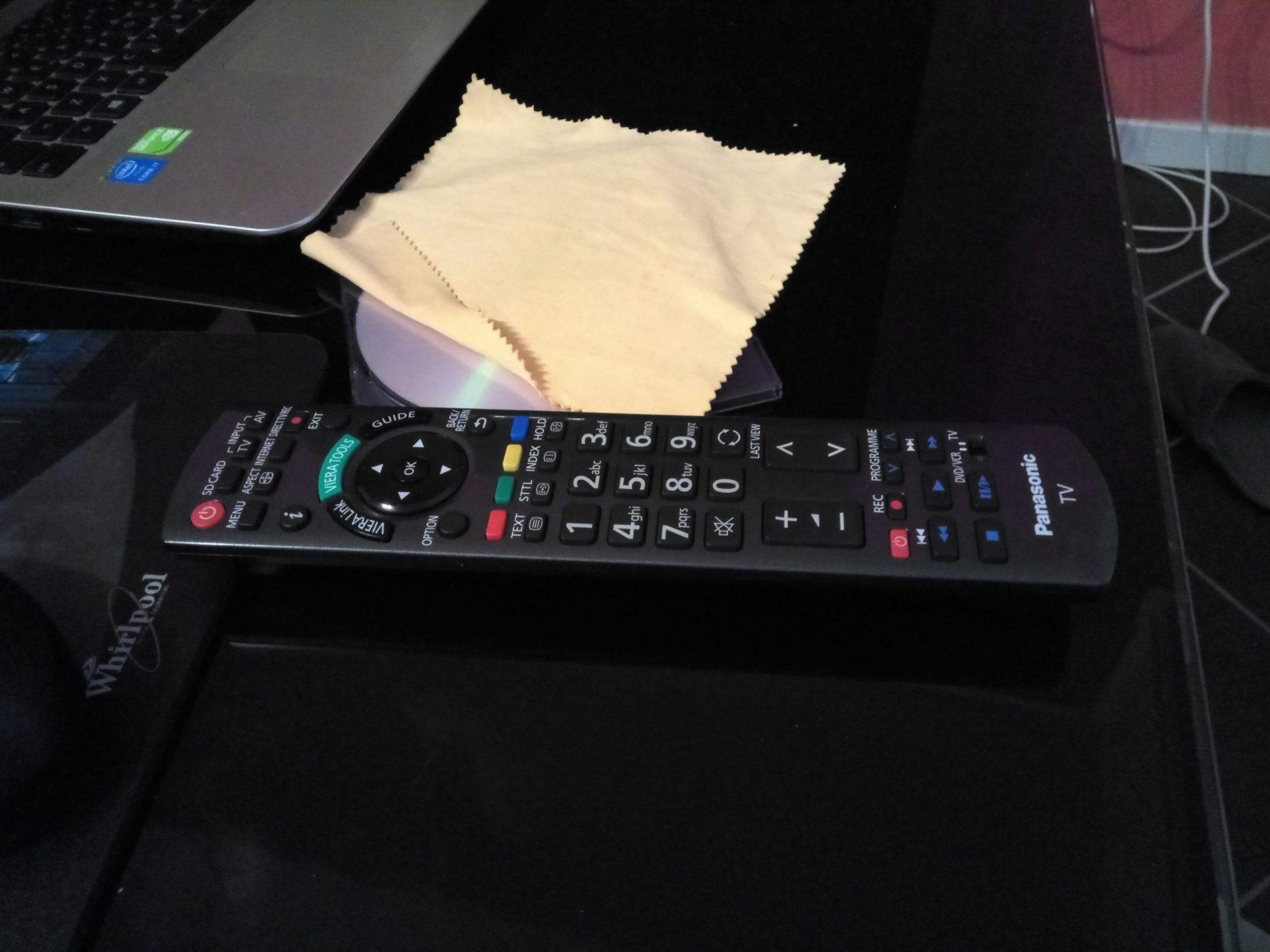

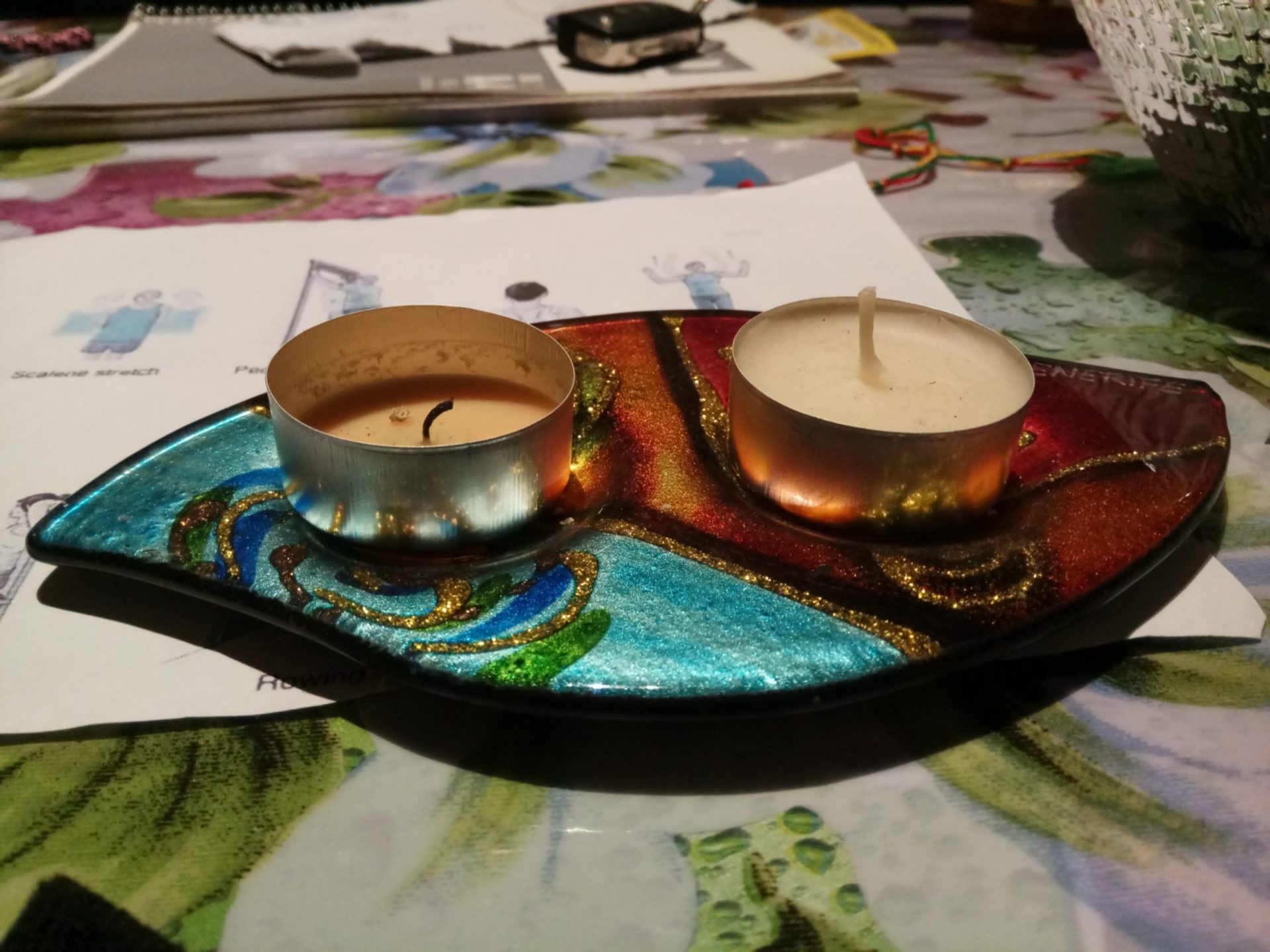



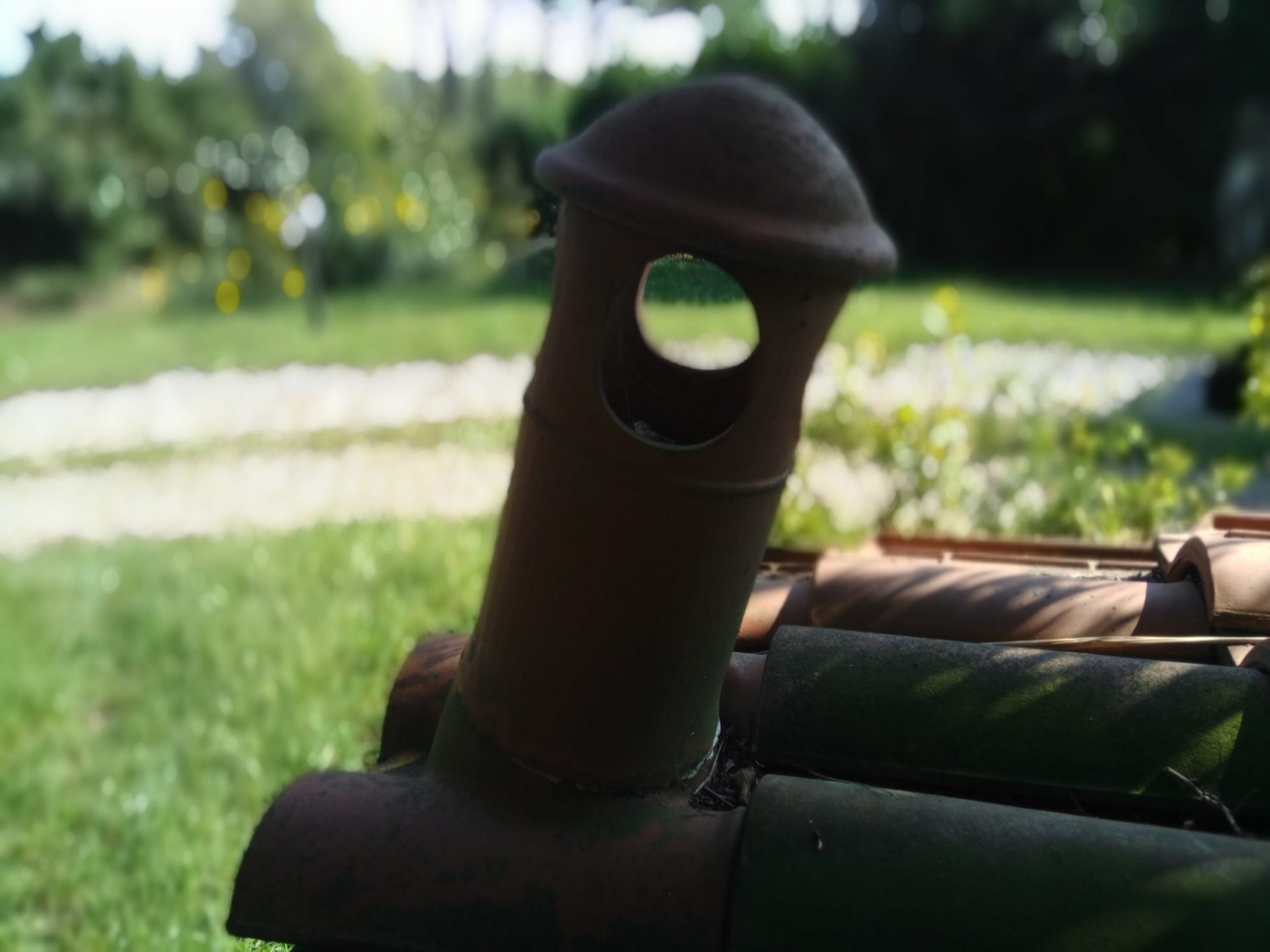
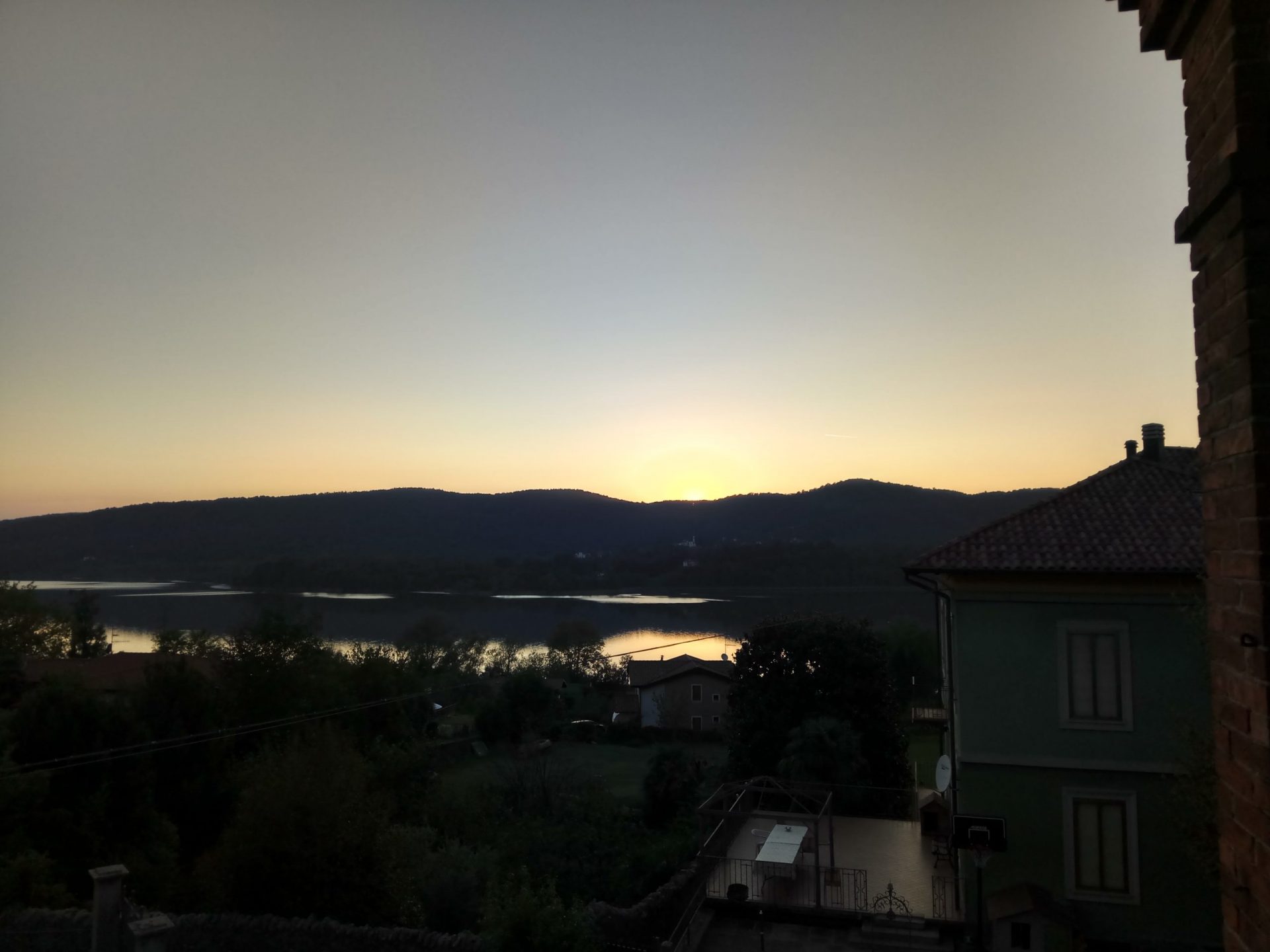



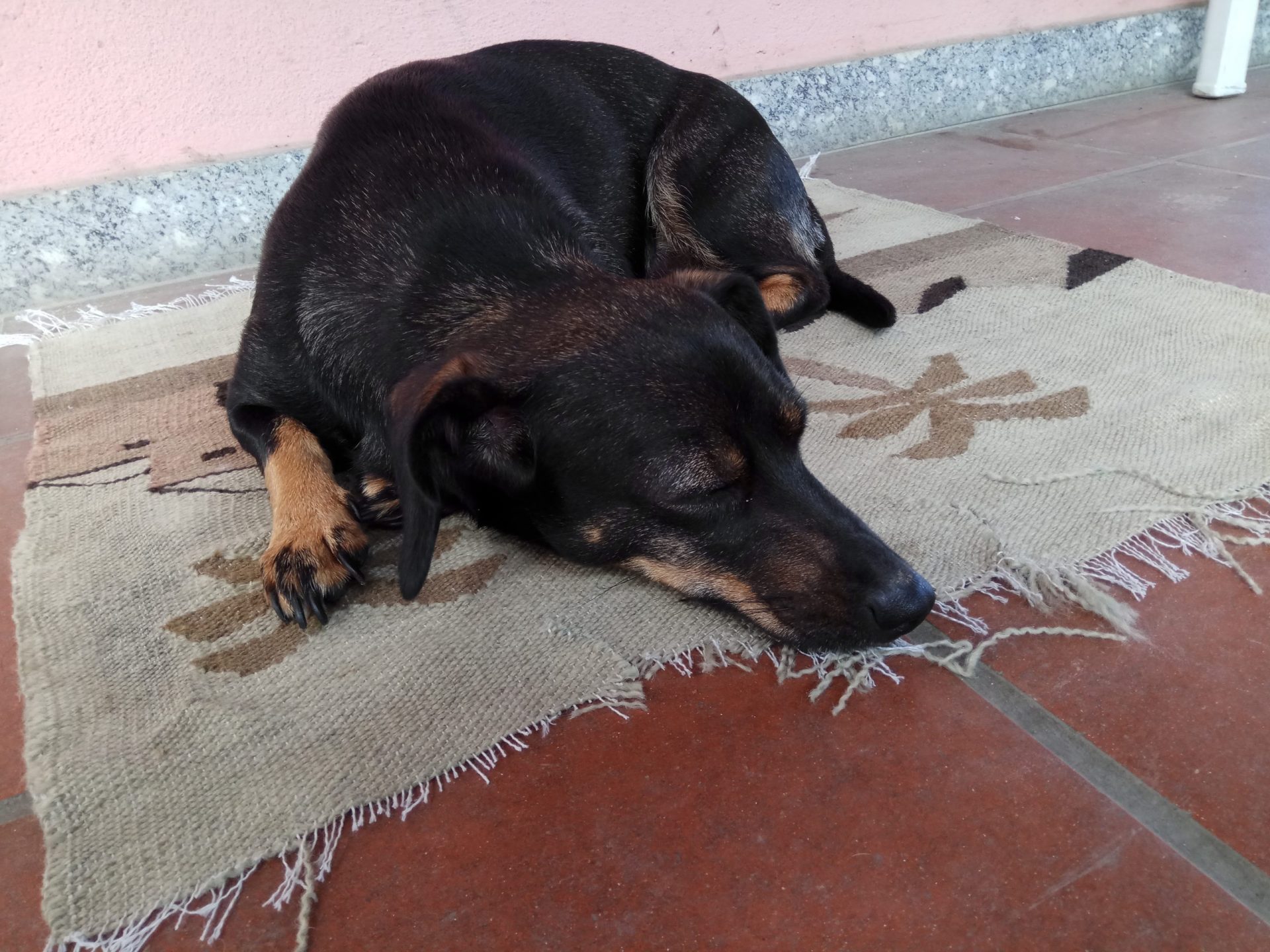
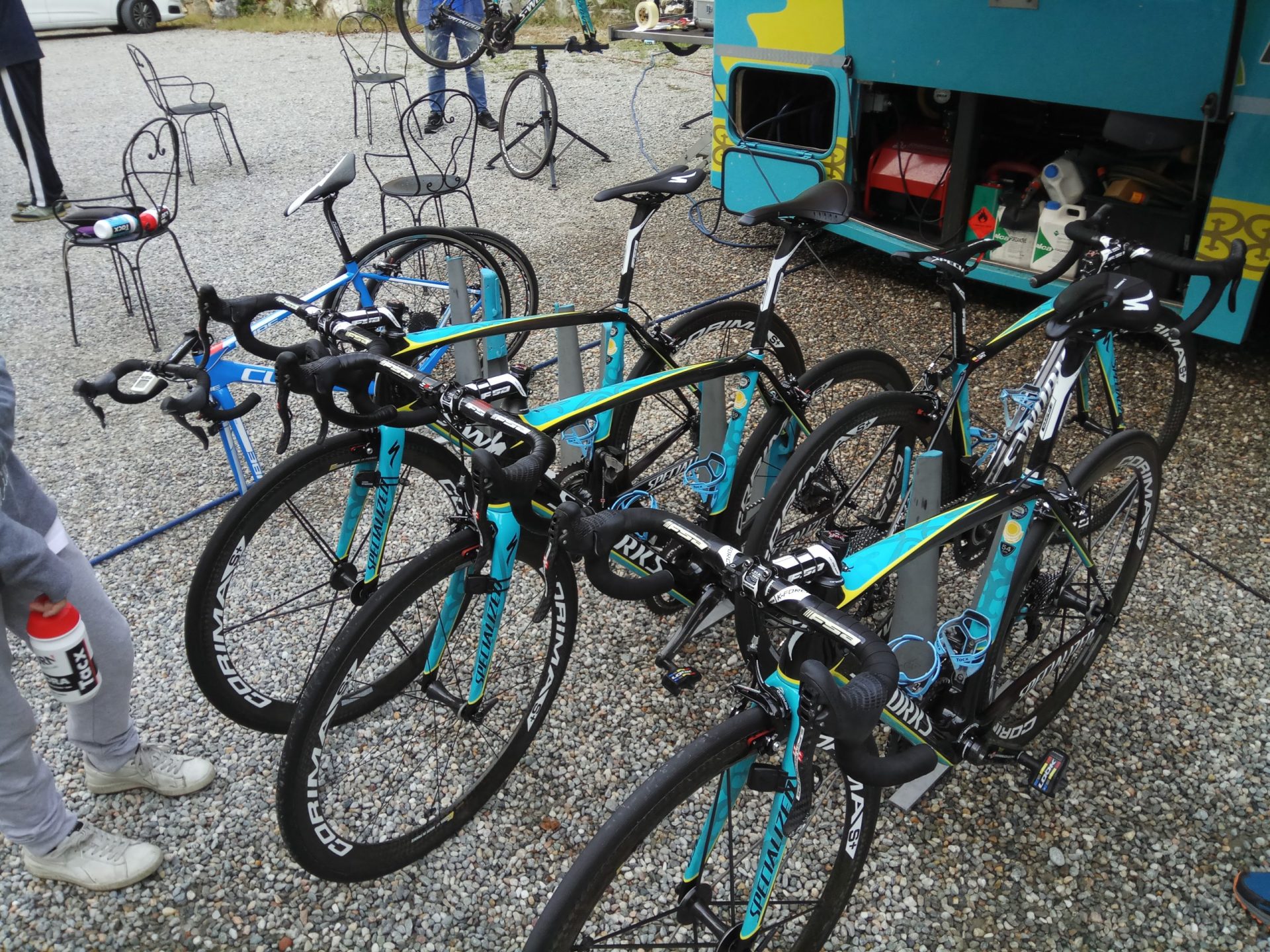
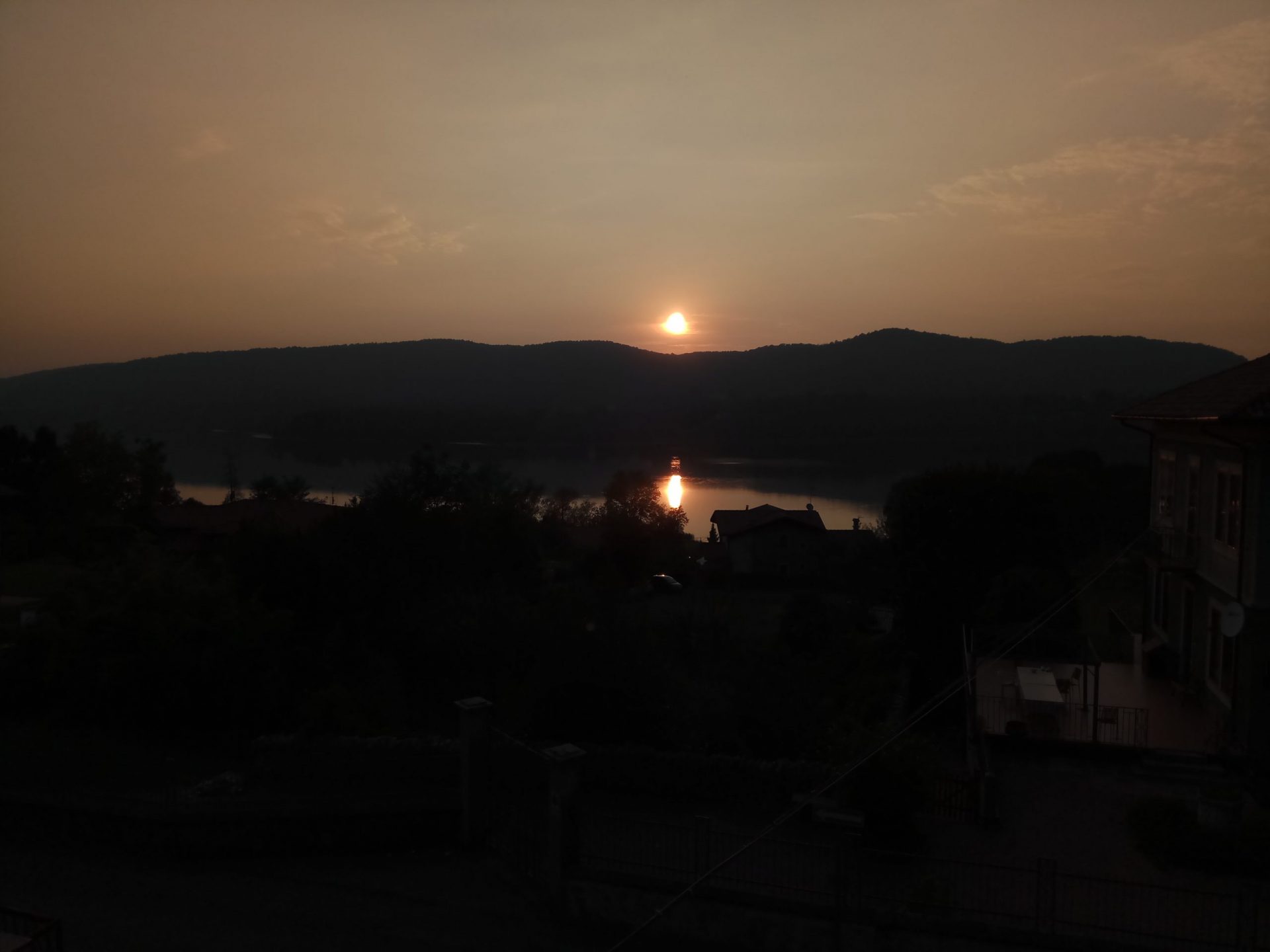


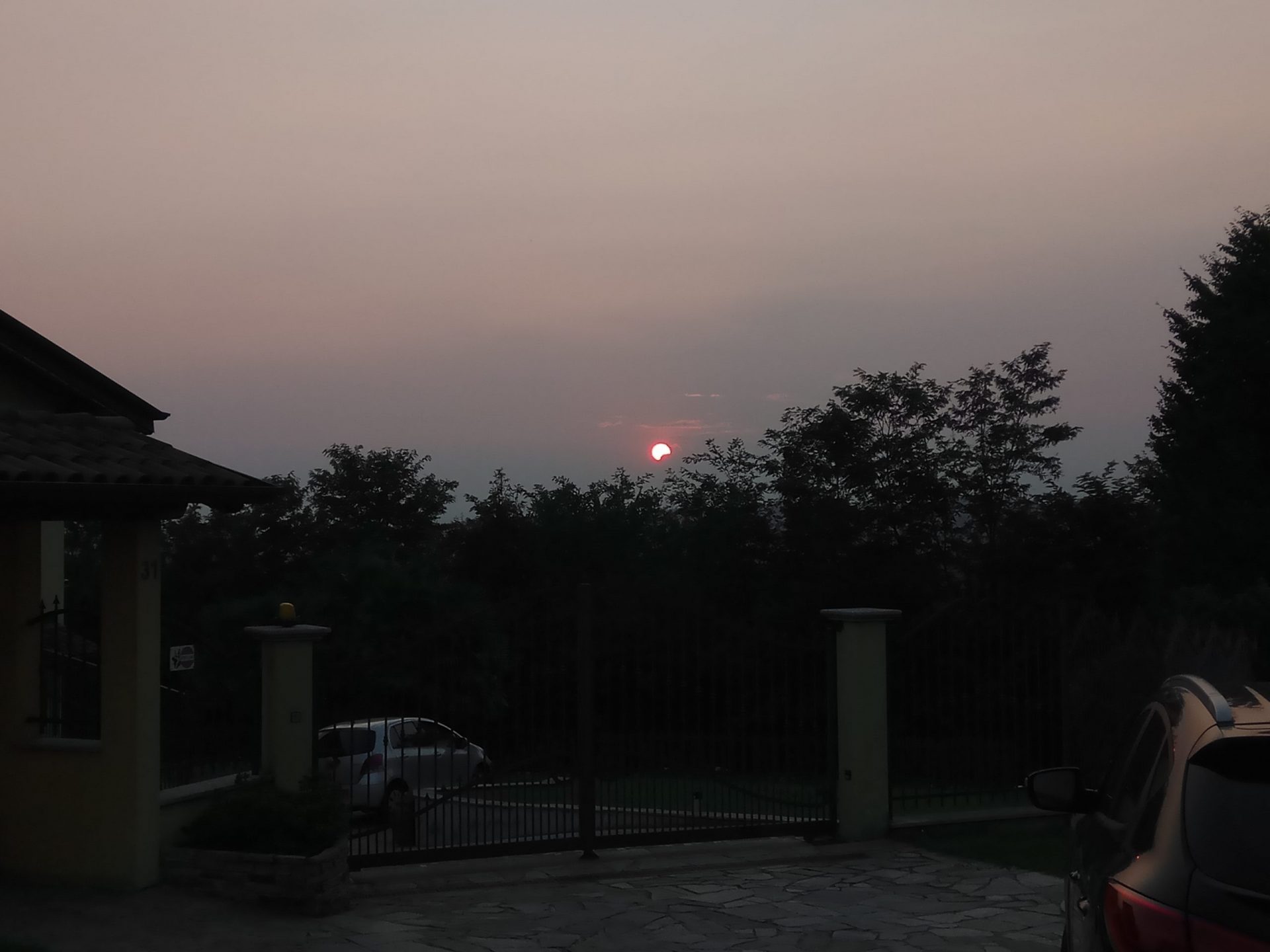


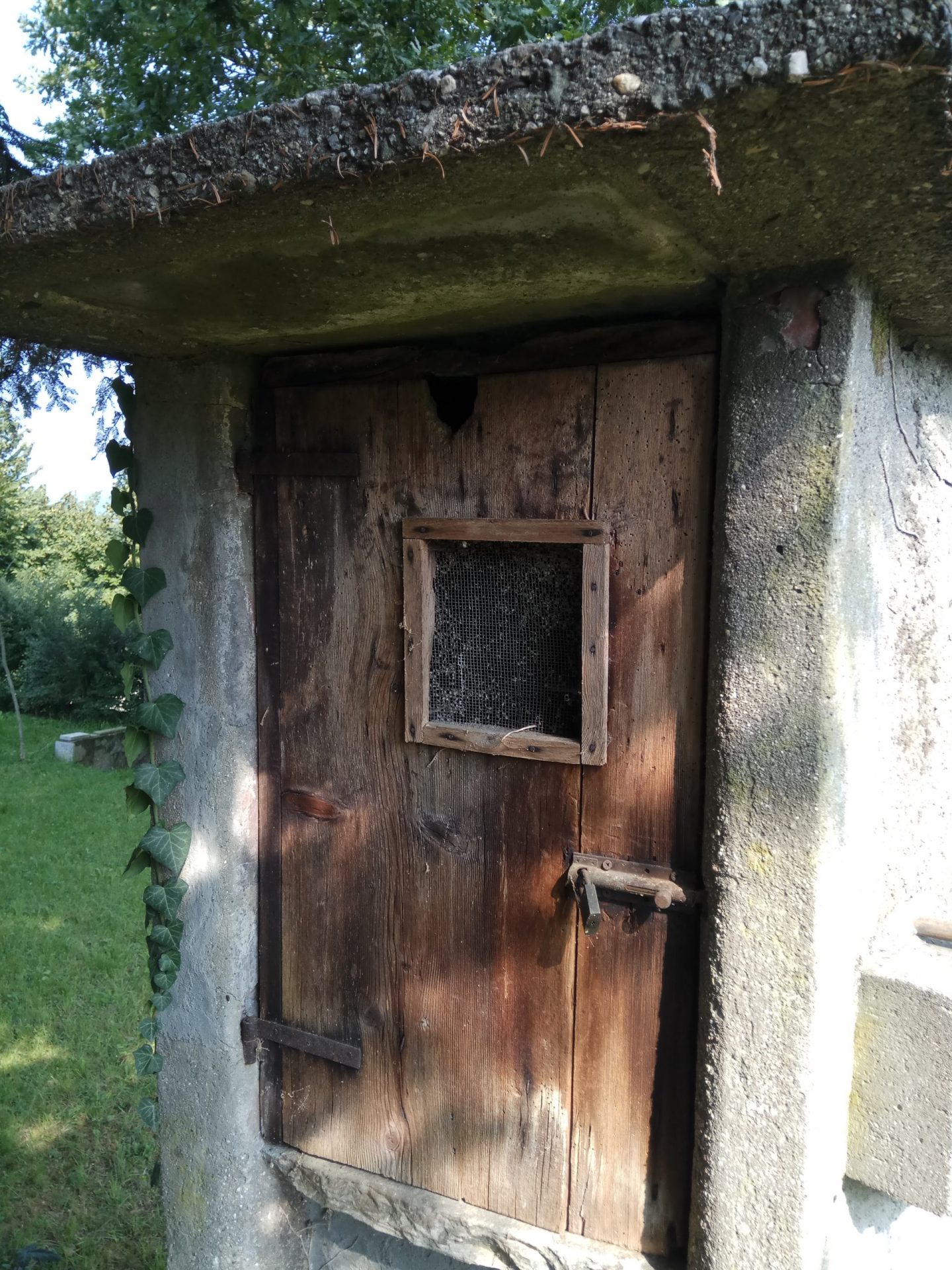

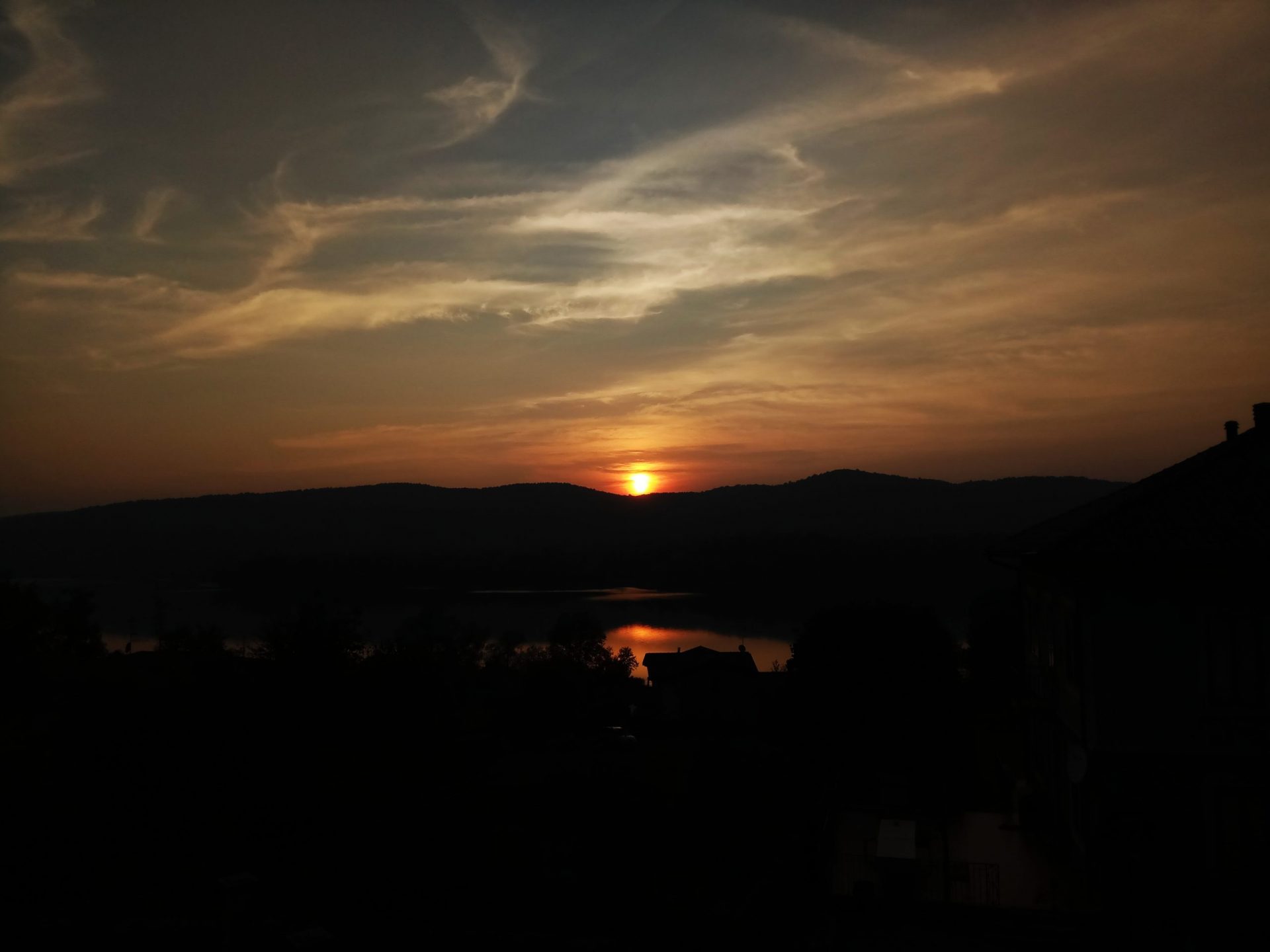



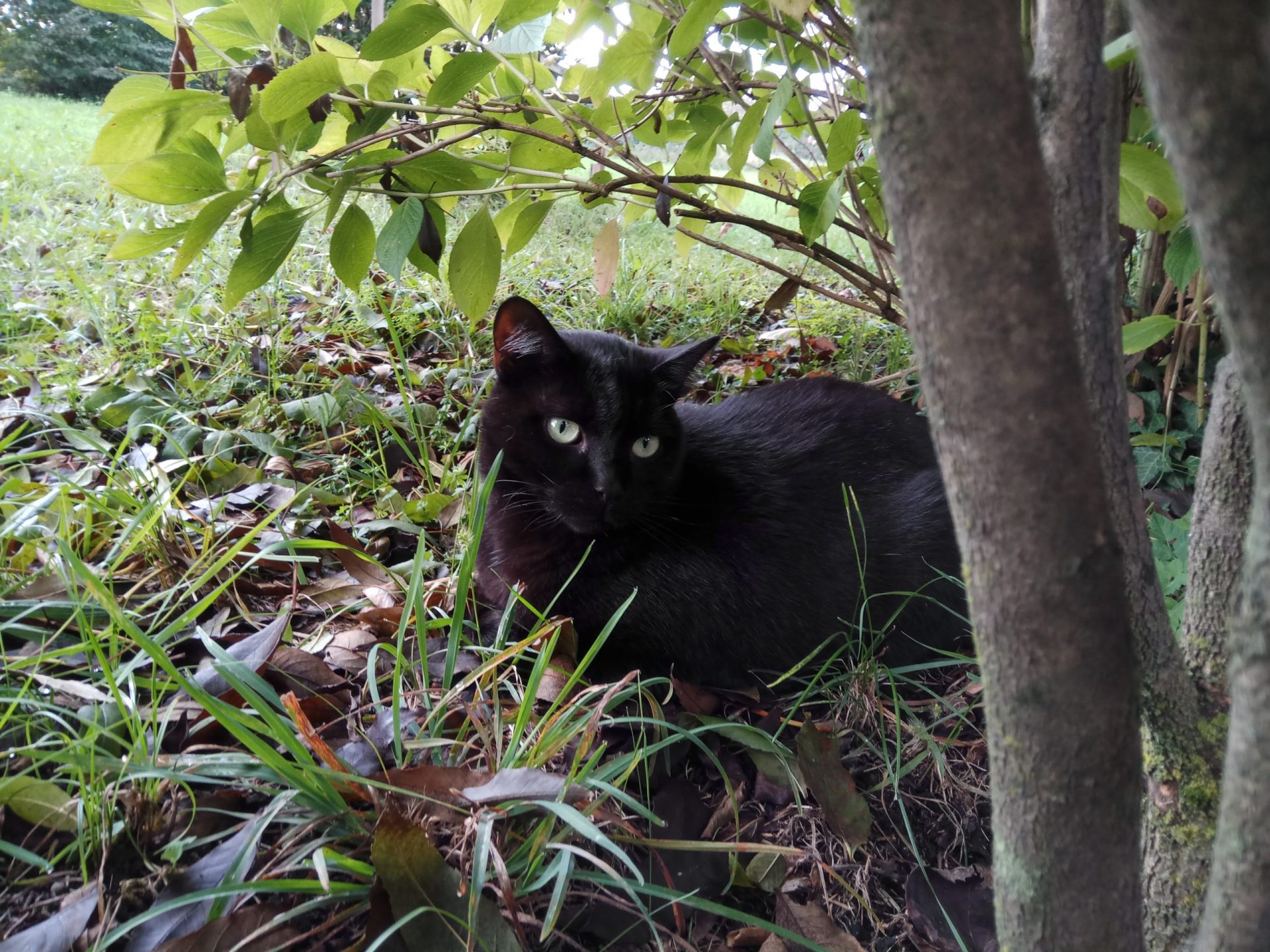

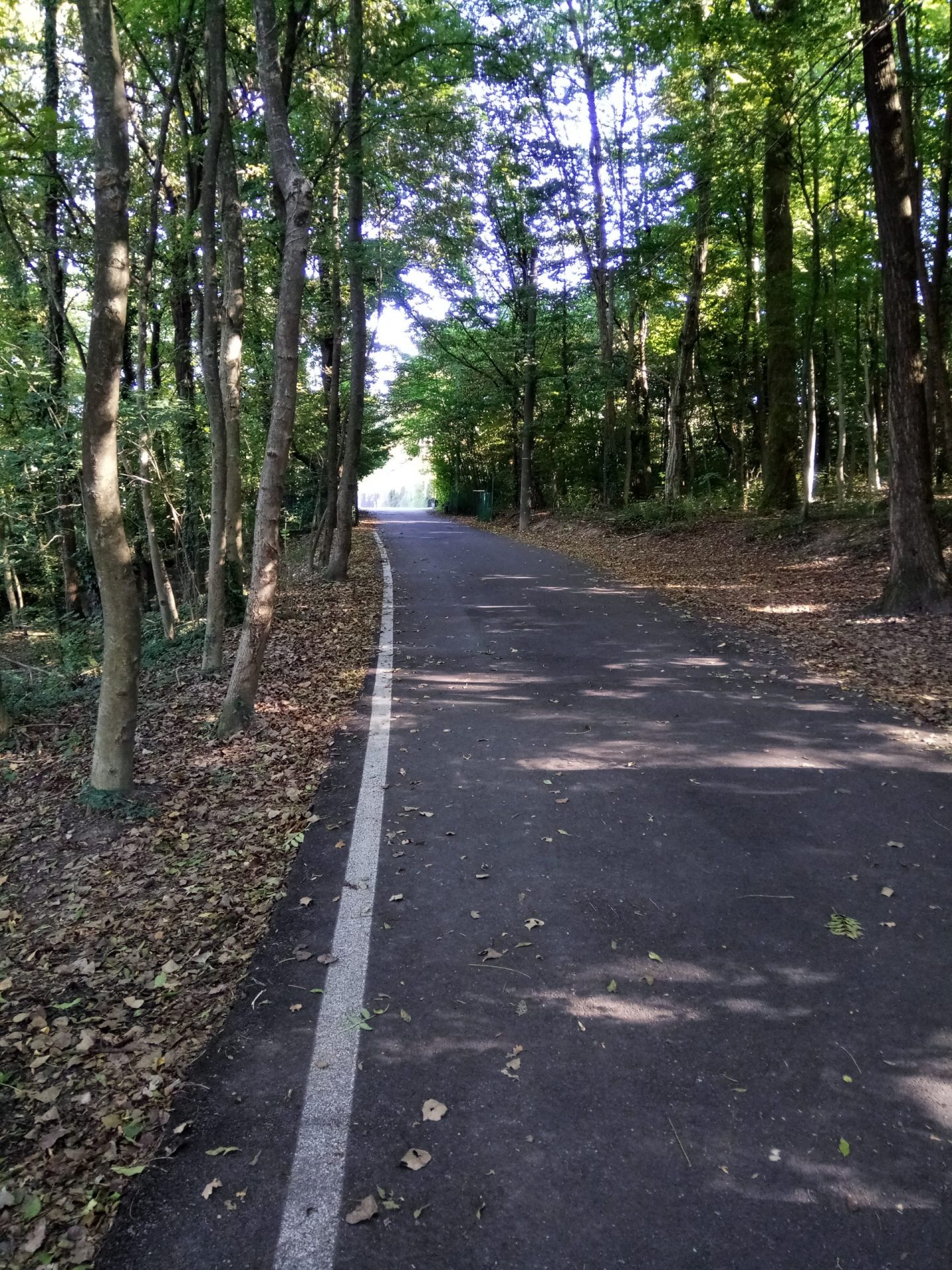

![[Review] Xiaomi Redmi Pro Review Camera with Dual Sensor](https://www.xiaomitoday.it/wp-content/uploads/thumbs_dir/logo_xiaomi_tta04-qme2s3gy2lovut59dh7p1v06n6vj19pjpprt5rn0ak.jpg)
![[Review] Xiaomi Redmi Pro Review Camera with Dual Sensor](https://www.xiaomitoday.it/wp-content/uploads/thumbs_dir/minote34-1-765x499-1-qme2s3gy2lovut59dh7p1v06n6vj19pjpprt5rn0ak.jpg)

